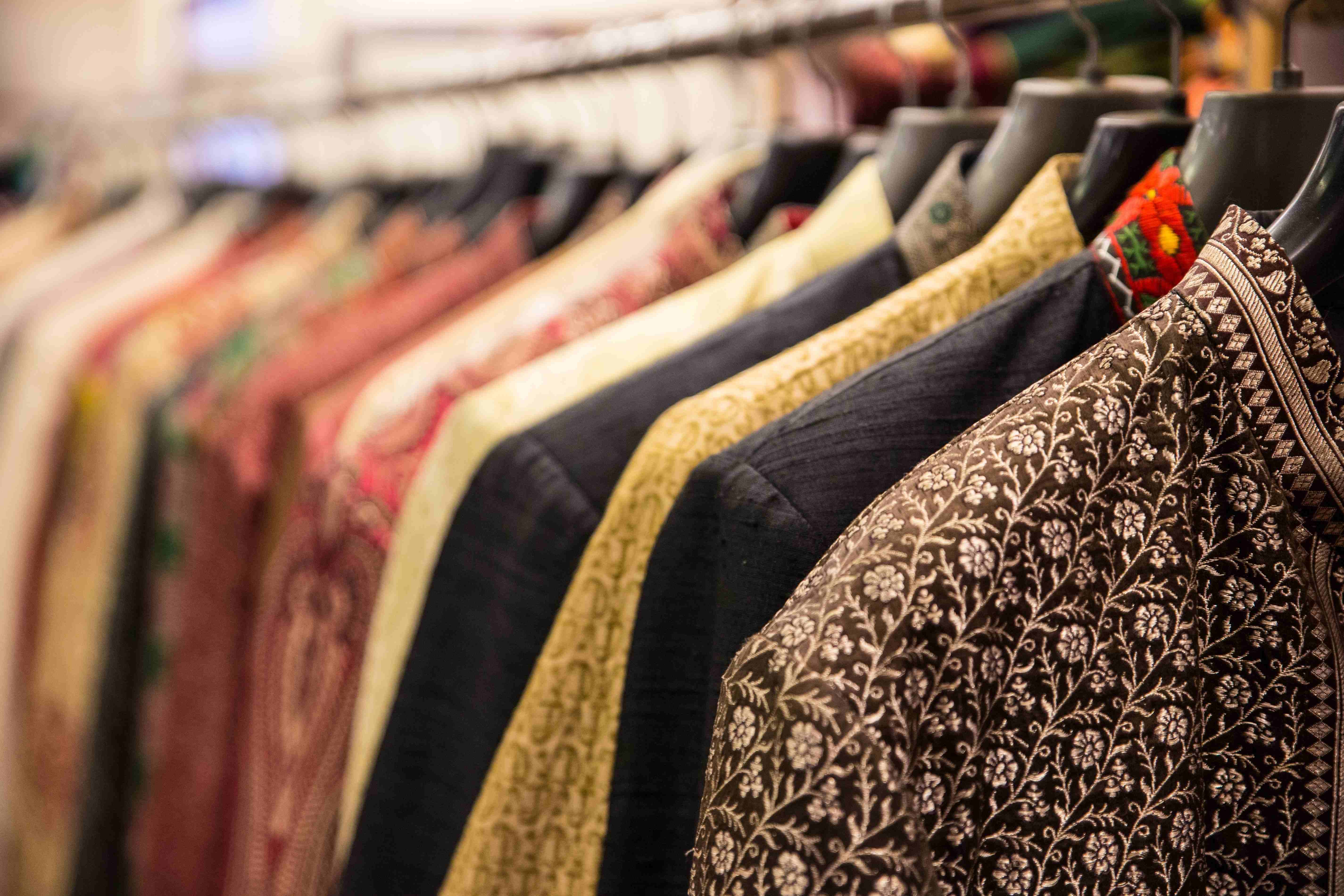The 11 Biggest Sewing Mistakes You May Be Making

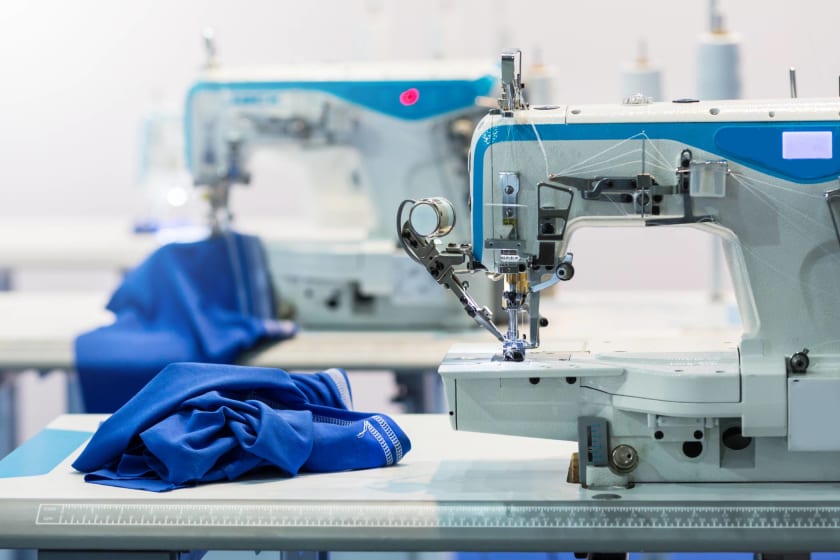

Everyone makes sewing mistakes every once in a while. Most of the time, such mistakes happen due to bad sewing habits. The best way to stop making sewing mistakes is by avoiding wrong practices. Some other errors are caused because we overlook simple things while sewing.
So, here are the top 11 sewing mistakes you may be making:
1. Wrong needle:
Each fabric is of a different weave. Some fabrics have closely woven warps and wefts, while others may have them woven far apart. This is how a particular fabric gets its texture. When you use the wrong sized needle to sew on a fabric, it can cause skipped stitches that can cause the fabric to rip open anytime. It can also lead to the breaking of the needles if the right size of the needle is not chosen. Moreover, the wrong needle size will cause knotting on the back of the fabric and give a shabby look to the sewing.
2. Using an old or damaged needle:
Old needles are most likely blunt. If you use such needles, it may snag on the threads of the fabric and cause it to tear or a thread to get pulled. Damaged or broken needles may have sharp corners. This may damage the fabric that you are sewing. It can also damage the sewing finish, especially if it gets caught in one of your sewing threads.
3. Your sewing machine has the wrong tension:
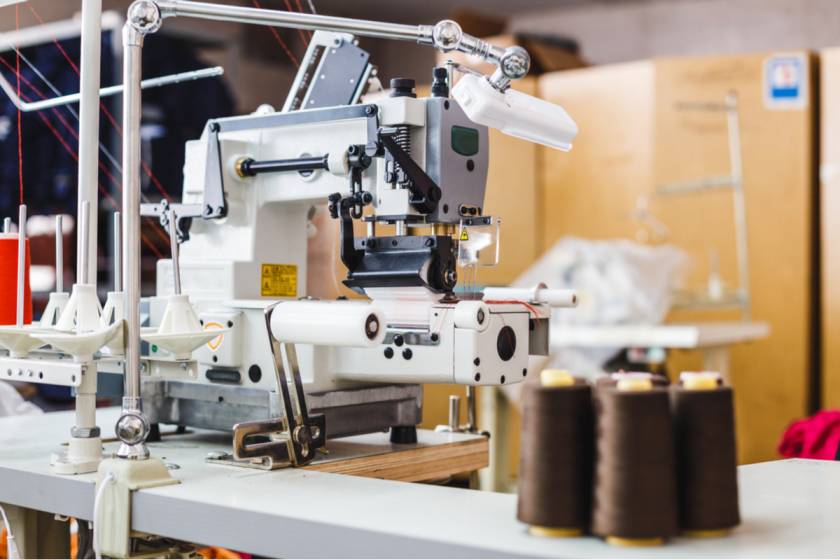
If the tension on your sewing machine is incorrect, it may lead to puckering or pulling of the fabric. Before you begin your sewing project, it is wise to test the needle and thread on a bit of scrap fabric that is identical to the one you intend to use. This way, you can make any adjustments, if required, before you begin sewing.
4. Seams not pressed, it seems:
If the seams of your fabric are not pressed properly before sewing, it may lead to uneven seams or crooked seams. It also makes sewing harder. Pressing the seams with steam may take some time, but it is worth doing, and you’ll end up with fantastic sewing results.
5. Inner seams are visible but unfinished:
Inner seams are as important as the visible outer seams. If the inner seams are not sewed, it gives a cheap look to the cloth and even causes fraying of the seams. Finishing sewing all the seams gives your fabric a clean and stiff finish.
6. Finish what you started:
If you have started sewing, it is wise not to take a break in the middle of your sewing. If you are sewing a seam or a particular pattern, finish it before taking a break. If you take a break in between, the pattern may change, or your seam may go crooked. However, if you are frustrated after sewing for long hours or your hands and eyes need a break, then go for it. Taking breaks at the right intervals helps you stay fresh and motivated for longer hours, making sewing more enjoyable.
7. Scissors:
If you use the same pair of scissors to cut fabric, thread, paper, and plastic, you have to stop right away. When you cut harder materials with your pair of scissors, the blades become blunt. This will not only make cutting fabric difficult, but also damage the fabric. When you cut a thread, it may not have a sharp precise cut. It is always important to have a dedicated pair of scissors for your thread and fabric for sewing. Change the pair of scissors as frequently as required.
8. Prepping before sewing:
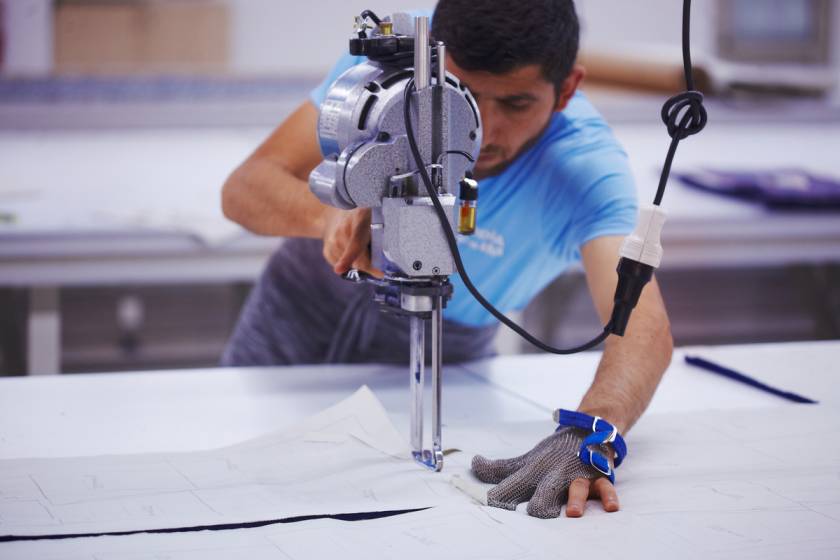
Different fabrics react differently to different situations. Some fabrics may shrink. If the fabric is a blend of two different materials, then the fabric may shrink in different proportions lengthwise and breadthwise. The size and proportions of the fabric may change grossly if you have not prepped your fabric before sewing. It is a good idea to wash the fabric and steam it, to have a flat and neat sewing surface. Some fabrics may be starched and stiff, making them difficult to sew. Once you wash, dry, and steam it, the fabric becomes more pliable and soft to handle.
9. Not cleaning your sewing machine frequently:
It may seem like a small thing, but not oiling or cleaning your sewing machine as often as required may cause problems, such as stopping sewing in the middle, it might become hard to sew, the needle can break, and the machine might heat up. It would be a good idea to clean loose threads after every project. You should also remove any bobbins or other additional things before you wind up. If you forget to remove it and absent-mindedly start a new project, the old colored thread may wreak havoc on your new fabric.
10. Measure accurately before you begin sewing:
When you sew two pieces of fabric together, there will be an overlap. If you have not measured the fabric accurately, there may be a shortage of the fabric, or else the stitches may be too close to the seam. If this is the case, the stitches may not hold. Before sewing, pin the fabric pieces together, to know how exactly it fits. Once you start sewing, you can remove the needle one by one.
11. Mark points before stitching buttons and hooks:
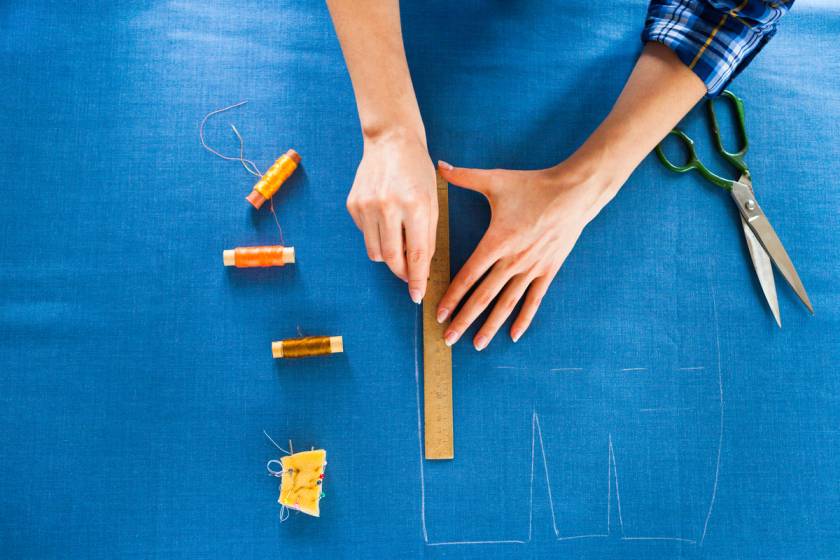
It is easy to get deceived while sewing buttons and hooks. They may seem perfectly placed, but you realize that it is wrongly placed after you finish sewing them in place. This can cause your garment to gape in awkward places.
Now that you know what the most common sewing mistakes are, and how or why not to do them, we hope sewing becomes easier for you.















